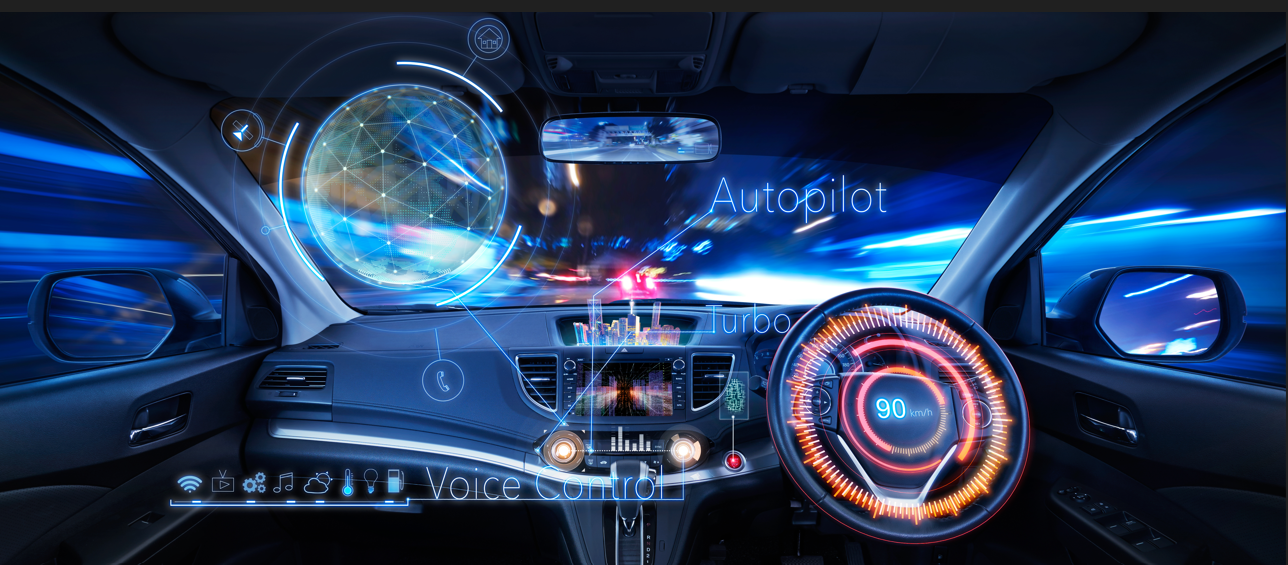The automotive industry safety body, the Euro NCAP, has announced new regulations aimed at carmakers that force motorists to use dashboard touchscreens for essential driving functions such as checking speed and adjusting mirrors.
Set to be introduced in January 2026, the new rules stipulate that any car seeking maximum points for the highest safety rating must use buttons, stalks, or dials for indicating directions, triggering hazard lights, sounding the horn, operating windscreen wipers, and activating the eCall SOS function.
On the surface the new laws are a blow to carmakers which have been racing to design dynamic touchscreens to eliminate costly hands-on controls and streamline the in-cabin experience. Because five-star safety ratings are a vital part of the customer purchasing decision, OEMs will certainly pay attention to this ruling, but manufacturers will still be able to streamline the driver experience by innovating with how motorists engage with these critical tasks.
Herein lies an opportunity
Essential car controls need to be intuitive and easily accessible for all drivers so they can concentrate on the road rather than the screen. If a driver is heading down a busy road and it starts to pour with rain, they don’t want to be fumbling trying to find the button for the windscreen wipers.
To keep regulators happy, OEMs could strip back the touchscreen dashboard to include only the essential elements, then let physical controls take care of the rest. But, instead, we think the answer lies in voice activation and audio cues.
Voice-activated technology has been around for years, thanks to the likes of Amazon’s Echo and Apple’s Siri. Seeing the potential of this technology, Tesla took a page from their book by introducing commands that are managed by the touchscreen. But, crucially, driver-related commands are yet to take off. However, this nudge from regulators could prompt OEMs to invest heavily in research and production that will make it a success.
If the overarching goal of OEMs is to offer added value to customers without compromising their safety, voice activation and audio cues will help deliver that. Motorcyclist approaching fast in your blind spot? Customers can receive an audio cue from the built-in monitoring system. Or if the rear-windscreen begins to fog, the driver can verbally ask the car to turn on the demister.
Voice activation and audio cues are undoubtedly going to enhance the in-car experience, but these features need to work every time if vehicles cockpits are ever to be free of buttons, stalks and dials.
Connectivity underpins all driver UX
For voice-activated and audio cues to work, OEMs must ensure that their vehicles have constant connectivity. Without this, manufacturers looking to hit this 5* safety rating, will need to rely on physical controls. By 2027, it’s estimated that there will be 367 million software-defined vehicles on the road. But without the underlying connectivity to support these features, the technology becomes redundant.
As cockpits become ever more streamlined, OEMs must ensure that connectivity services do not drop in and out as a vehicle moves across different mobile networks and/or across borders. If drivers are to trust that they can turn on essential features with their voice or receive audio cues, these features should work no matter where they are,
At Cubic, we connect and manage over 18 million vehicles in over 190 countries. For manufacturers to keep innovating and accelerating the era of software-defined vehicles, we need to ensure the right technology is in place to ensure these features are constant, safe and easy to use.
We solve the connectivity issue for OEMs, ultimately empowering them to enhance the user experience and take full advantage of the commercial opportunities posed by the SDCV era.

